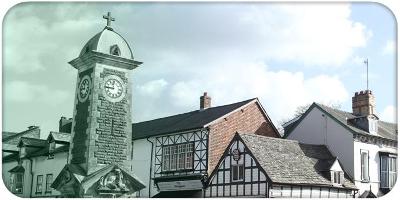Council Tax Premiums

In accordance with section 12a & 12b of the Local Government Finance Act 1992, as inserted by Section 139 Housing (Wales) Act 2014,the Council has determined to charge Council Tax premiums as detailed below:
Premium- Long-term empty properties
At the Cabinet meeting held on the 8 November 2022 it was determined to vary the premium rate and to charge a Council Tax premium of 100% for the financial year 2023/2024, and that this decision shall remain effective each financial year thereafter unless varied or revoked
At the Council meeting held on the 9 March 2016 it was determined to charge a Council Tax premium of 50% for the financial year 2017/2018 and that this decision shall remain effective each financial year thereafter unless varied or revoked.
Premium- Periodically occupied properties
At the Cabinet meeting held on the 4 February 2022 it was determined to vary the premium rate and to charge a Council Tax premium of 75% for the financial year 2023/2024, and that this decision shall remain effective each financial year thereafter unless varied or revoked.
At the Council meeting held on the 9 March 2016 it was determined to charge a Council Tax premium of 50% for the financial year 2017/2018 and that this decision shall remain effective each financial year thereafter unless varied or revoked.
On 2 March 2022, Welsh Government published the outcome of the consultation on Local taxes for second homes and self-catering accommodation, In relation to the maximum level at which local authorities can set council tax premiums on second homes and long-term empty properties, new legislation introduced, effective from 1 April 2023, allowing the premium to increase up to 300%. Full details of the outcomes of the consultation and the proposed changes to be introduced by Welsh Government can be found at https://gov.wales/written-statement-summary-responses-consultation-local-taxes-second-homes-and-self-catering
Exceptions to the Council Tax Premiums on Long-Term Empty and periodically occupied properties
The Council Tax (Exceptions to Higher Amounts) (Wales) Regulations 2015 specify when a premium may not be charged on a dwelling that falls within an exception. A local authority will have regard to these exceptions before deciding to implement a premium.
The regulations prescribe seven classes of exempt dwellings. Classes 1, 2, 3 and 4 apply to both long-term empty properties and periodically occupied properties. Classes 5, 6, and 7 only apply to periodically occupied properties. The classes of dwelling are outlined below:
- Class 1 Dwellings being marketed for sale - time-limited for one year
- Class 2 Dwellings being marketed for let - time-limited for one year
- Class 3 Annexes forming part of, or being treated as part of, the main dwelling
- Class 4 Dwellings which would be someone's sole or main residence if they were not residing in armed
- Class 5 Occupied caravan pitches and boat moorings
- Class 6 Planning condition prohibits year-round or permanent occupation, or specifies use as holiday accommodation only.
- Class 7 Job-related dwellings
Further guidance on Council Tax on empty and second homes Council Tax on empty and second homes | GOV.WALES




